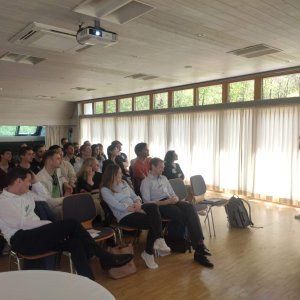Specifically, we plan to demonstrate that TETT-generated TE-derived-information (TEDI) is particularly well suited to obtain cancer biomarkers that display high specificity, sensitivity, robustness and precision for the assignment of cancer cells to specific subcategories, whether tissue of origin, tumor type, tumor stage, predicted response to therapy. Owing to their abundance in the genome and largely uncharted status, TEs provide a unique opportunity for diagnostics.
In addition, we believe TEDI will open crucial novel therapeutic avenues in oncology. Indeed, TEs represent a unique source of targets for both pharmacological treatment of cancer and immunotherapy through identification of neo- antigens. This project will thus serve as seed for the establishment of TETT as a certified technology, paving the way to its industrialization and broad utilization in precision medicine and individualized management in the field of cancer.

